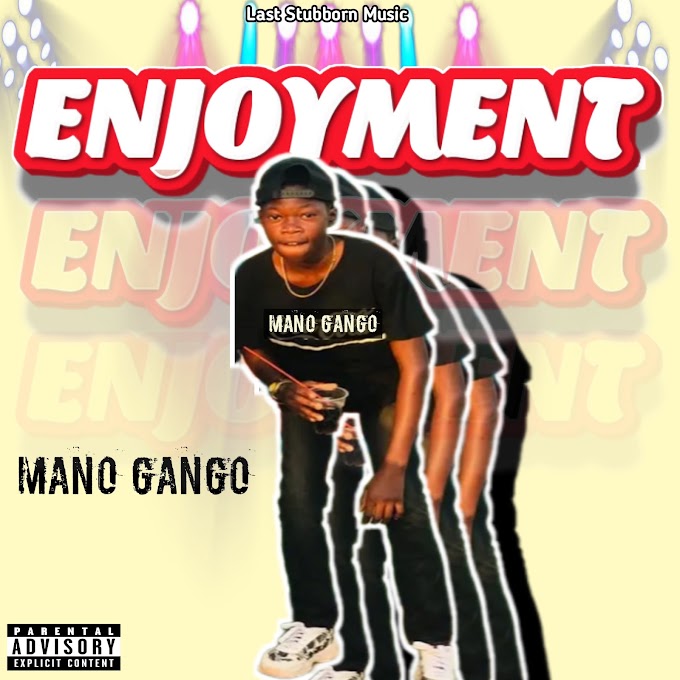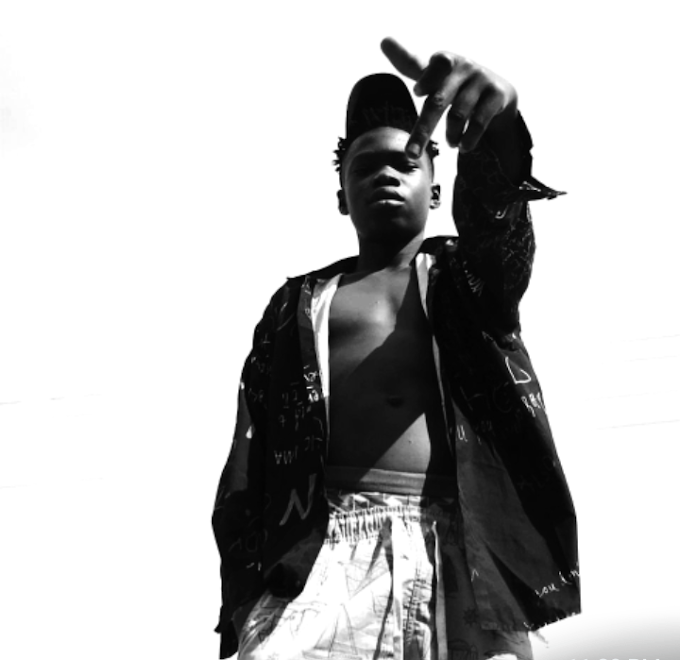 Playlist
Playlist
History Of Mo (Dega) - StepUpGhana
 In many cultures across the world, people have been named according to what they did as in Hunter, Smith, Miller, Potter etc. Others were named for their qualities. For example, Goodman, Wiseman, Strongman etc. Some of the well–known historical personalities have earned nicknames like; Alexander the Great, Eric the Red, Ivan the Terrible etc. In Africa, some ethnic groups earned their names from other groups based on certain characteristics. For example, the Ga (indigenous people of Accra) are called by the Akan as 'Nkranfo'. Nkran is a derivative of 'nkrane'(driver ants). Historians explain that the Ga people were seen filing out in the same fashion as the driver ants in a neatly well organized pattern.
In many cultures across the world, people have been named according to what they did as in Hunter, Smith, Miller, Potter etc. Others were named for their qualities. For example, Goodman, Wiseman, Strongman etc. Some of the well–known historical personalities have earned nicknames like; Alexander the Great, Eric the Red, Ivan the Terrible etc. In Africa, some ethnic groups earned their names from other groups based on certain characteristics. For example, the Ga (indigenous people of Accra) are called by the Akan as 'Nkranfo'. Nkran is a derivative of 'nkrane'(driver ants). Historians explain that the Ga people were seen filing out in the same fashion as the driver ants in a neatly well organized pattern.
The Mo people of the Bono East Region, originally called Deg, are also said to have earned the name 'Mo' from the Bono people of Nkoranza. It has its origin from the Nkoranza–Asante war in 1893. The people of Nkoranza were attacked by Ashantis when the Nkoranzahene Nana Kofi Effa refused to pay annual tributes to the Asantehene.
According to H.J. Hobbs, the Acting Provincial Commissioner of the British colonial government, "In this war, the Mos and Abeases fought for Nkoranza and Banda for Ashanti. The Nkoranza and their allies were defeated at Sabule, a Mo village. Even though Nkoransa and her allies were defeated, they sent a congratulatory message to Dega for their bravery and gallantly displayed in the battle, saying "Mo, Mo, Mo!", in Twi language which translate as "Thank you". With passage of time, 'Mo' replaced the original name Deg. Dega however means multiplying, spreading quickly or fertility.

Accounts of migration of the Mo from the Sissala land have it that, there used to be an annual sacrifice to the Gods(Teo). Among the many traditions during the sacrifice was slaughtering of a dog. According to the traditions, meat of the sacrificial dog offered good omen, so people always scrambled for it. On one such occasion, a quarrel ensued between the families over the head of the dog. It was that brawl that occasioned the migration of Mo to their current location in the Kintampo municipality of the Bono East Region with a portion within the Kintampo South District with New Longoro as capital of the Mo Traditional Council.
During the migration, some people were left at the various locations whose descendants have remained there till this day. They include the Bole people in the Northern Region who constitute the Valgla state. Others are the Dwoge, Gbage, Dwogboi and Bamboi. Maala and his people finally settled at Manchala, now a small town about 29km from Kintampo. The key figures who settled with Maala at Manchala who also served as his lieutenants were his three sons, Paago, Gong and Gbollo. Others were his brothers Bote Jur, Banewere and Lebele his son in–law.
Paago was assigned the role of surveying the land. In the course of that assignment, he conquered a number of towns including Kadinge whose leader Nyandor joined his group to the Mo kingdom. Paago relocated and settled at Old Longoro, which is between Manchala and Kadinge. He settled there with a number of captured forces as well as Ngwalago, the fetish priest of the migrated Sissala family. Paago got married to Jafo Kyache. The couple gave birth to a male child called Kpaah who according to oral records became a powerful chief of Old Longoro.
As time went on, other people joined the Longoro kingdom. They included a group from Grunshieland, led by Gbolmala as well as Taki and his group who were residing south of Longoro near the Black Volta.
The people of Mo celebrate an annual yam festival. Every head chief of Mo is required by tradition to visit Manchala for blessings and confirmation. Any chief who fails to make that important trip is not confirmed after his death. Inheritance to Maala stool of Mo is paternal.
The major economic activities of the Mo area include picking of shea nuts, pottery, weaving of fugu, carving and agriculture. The main crops grown in the area include yam, cassava, groundnut, beans, maize and cotton. Rearing of livestock, fishing and hunting are also done quite extensively in the area. There is a vast stretch of land for agricultural purposes. There are many endowments in terms of tourist attractions in the Mo Traditional Area. These include Maala's ancient house at Manchala, a range of mountains at Buru. The native language of the Mo people is Deg but due to their long association with the Akan especially Bono, Twi is spoken as a second language among the Mo people. They have also adopted most of Akan traditions and culture because of their proximity to Bono.
The traditional area shares boundaries with Wenchi and Nkoranza to the south, the Black Volta to the north and Nkoranza in the East, and Banda to the west. The traditional area is made up of many villages including Busuama, Yaara, Bonyonga, Tessoboi, Ntariban, Dewele, Puntualo, Bawa Akura, Tahiru Akura, Chiranda, Kawompe, Babatokuma, Yabraso, Weila, Chaara, Chingakrom, Bug Nkwnata etc. Nana Yaw Abrobrim Dimpo II was the Ex–Acting President of MO Traditional Council
References
Anane–Agyei, N.A–K. (2012) Ghana's Brong Ahafo Region: The story of an African Society in the heart of the world. Abibrem Communications.
Atta-Akosah, T. (2004) Bible translation in Christian mission: A case study of the spiritual and socio–cultural impact of the Bible translation strategy of the Ghana Institute of Linguistics, Literacy and Bible translation on the Dega people of Ghana.
#Bono #Mo #Dega #Abakosem #Abakɔsɛm #Akan











Contents on this website are for promotional purpose ONLY! ADAMS DO NOT claim Full Ownership of any Content on this website, If you see any copyrights infringed Content here kindly contact us.
Contact us
0243396211
kingdombwoy99@Gmail.com
Comment does not reflect the views of ADAMS